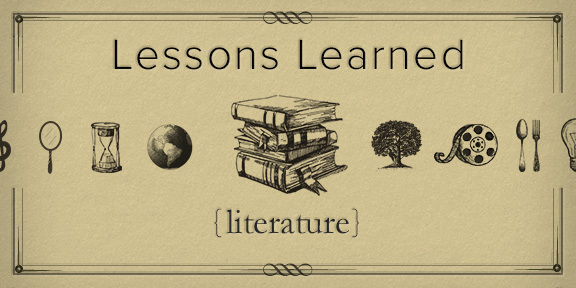A Study in Sherlock Holmes by Emma Jane Holloway
By Emma Jane Holloway

Editor’s Note: Ever since childhood, Emma Jane Holloway refused to accept that history was nothing but facts imprisoned behind the closed door of time. Why waste a perfectly good playground coloring within the time lines? Accordingly, her novels are filled with whimsical impossibilities and the occasional eye-blinking impertinence – but always in the service of grand adventure. Her latest, A Study in Silks, is no exception. We asked Emma Jane to share with us what lesson she took away from integrating such a widely known fictional character, Sherlock Holmes, in the writing of her latest novel, and how preconceived perceptions of Holmes affected her process. See all posts in Biographile's Lessons Learned series here.
Sherlock Holmes is as real to the collective imagination as any historical figure. Inviting him into one’s own work of fiction requires care because he stalks through popular culture with a bundle of reader expectations as weighty as the chain on Marley’s ghost.
So why did I accept that responsibility? My main character, Evelina Cooper, needed him. She is a young woman pulled between two worlds: the fantastic and the scientific. These were important but opposing themes in Victorian culture, and to bring that alive for the reader, I made one set of relations circus folk and the other side the Holmes family. Her uncle Sherlock represents rationalism and social order. As such, he’s a crucial stabilizing factor in Evelina’s life. Or so I thought – like every intriguing personality, Holmes has the capacity to surprise.
Even though he isn’t the central character of A Study in Silks, I had to create more than a cardboard figure dispensing avuncular advice. My aim was to flesh out the man for the purposes of my narrative but keep both the original character and the popular conception of him in mind. Naturally, I reread much of Conan Doyle, searching out details I could use. I looked at the original illustrations. I read criticism and compendiums and visited the Baker Street museum in London.
In the end, I learned and/or rediscovered quite a few things. Conan Doyle did not worry overmuch about chronological timelines much less Watson’s bevy of wives (how many were there, anyway, and where do they enter and exit the scene?). Also, Conan Doyle did not in fact write the popular conception of a fusty, misogynistic, logic-machine of a man propping up the old order of queen and treacle tart that I was counting on. Well, to be honest, he did – but Holmes is also the opposite of all of those things because if you read carefully he is an endlessly contradictory and nuanced character – though his opinions on treacle tart are regrettably obscure. He combines a distinct character with endless flexibility and a penchant for disguises – one only has to look at the variety and volume of adaptations of the Holmes legend to see how he reflects whatever we ask of him.
For me, re-creating the Holmes we know is a matter of judicious detail, a light hand, and retaining Conan Doyle’s tongue-in-cheek humor. Dr. Watson loves to poke sly fun at his friend, and I see no reason to stop now. Where I had to augment the most was in relation to the Holmes family, who are mostly passing mentions in the original. I create a formidable mother, a rivalry with Mycroft, and a niece with ambitions and goals of her own. We see Sherlock mostly through Evelina’s eyes – as her strange uncle, her foil, and her sounding board. It’s not a demonstrative relationship, but there is affection and respect.
And it’s here, in setting my Holmes into motion, where I really come to understand the appeal of the man. Even weighing my version against Conan Doyle’s, it’s possible to see Holmes isn’t the bastion of unflinching rationality I’d imagined, because no one engaged with others can be. Holmes tries to be absolute, but will deviate out of compassion because he is also – sometimes reluctantly – human. He surprised me time and again, but never stepped outside the complicated personality Conan Doyle gave life. Characters, just like true historical figures, can be symbolic, but that’s never everything they are – and it’s the murky business beneath the mask we find so endlessly fascinating.
For all Lessons Learned articles, visit the archive.
